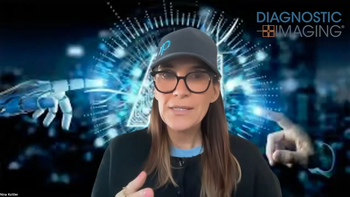
Telephone Pole Salesmen
During my junior year of college, a Dean tried to sell me a telephone pole. The school had a policy semi-requiring all pre-med students to meet with this Dean before beginning the application process. So, a few weeks before MCAT time, I went in for my appointment.
Now, it’s true that my transcript was not the strongest imaginable. Having breezed through grade school at the top of my class and aced every standardized test along the way, I had stumbled a bit when, surrounded by fellow Ivy Leaguers who had been just as capable, I exerted little, if any, effort to stay ahead of the curve. Still, I was nonplussed when the Dean told me he thought I shouldn’t bother applying to medical schools. In his opinion, I had little chance of getting in with my GPA and would be better off taking some graduate school classes to rack up some more A’s. I asked how he could be so sure when I hadn’t even taken the MCAT yet.
He responded by asking what I thought would happen if a driver’s education student, having perfectly performed on the written exam, proceeded to go out and drive into a telephone pole during his road test. Holding up my transcript, he told me, “This is your telephone pole.”
Happily, I went on to crush the MCAT, sail through medical school, and get a residency spot in the highly-desirable and competitive field of diagnostic radiology. In my pettier moments, I have contemplated tracking down the Dean and sending him copies of my diplomas, certificates, and licenses, asking him which of them most resembled a telephone pole.
There are a lot of folks out there who want to sell you their telephone poles. Whether they have walked a mile (or even a step) in your shoes, they’re full of dire warnings about why you won’t be able to do things and shouldn’t even try. Like many effective salesmen, they don’t just sit around and wait for eager customers to show up. A lot of buyers aren’t seeking telephone poles and may not even realize when they’ve bought one.
You’re probably carrying around a few telephone poles right now, whether you acquired them decades ago or just in the past few days. Unlike their tangible counterparts, you could lug dozens of these things around during your every waking moment and not even be aware of them.
They can go unnoticed except for when they hold you back, such as from pursuing an extra academic credential. Or leaving a dead-end job that’s slowly driving you nuts. Taking the risk of a new entrepreneurial venture. It’s at times like that, when you’re considering changes to your status quo that you become aware of just how many telephone poles you have – and how much easier it was to pick them up than it can be to put them back down.
Newsletter
Stay at the forefront of radiology with the Diagnostic Imaging newsletter, delivering the latest news, clinical insights, and imaging advancements for today’s radiologists.




























